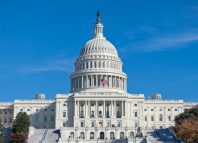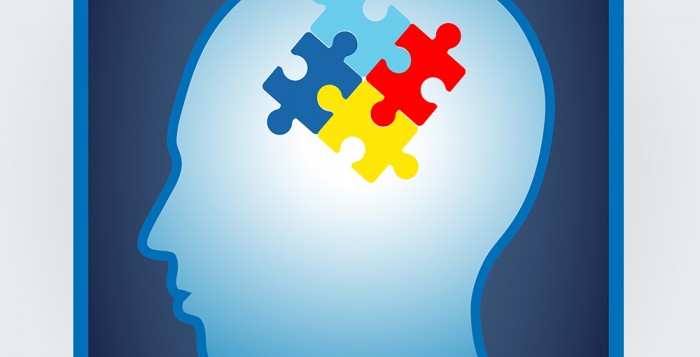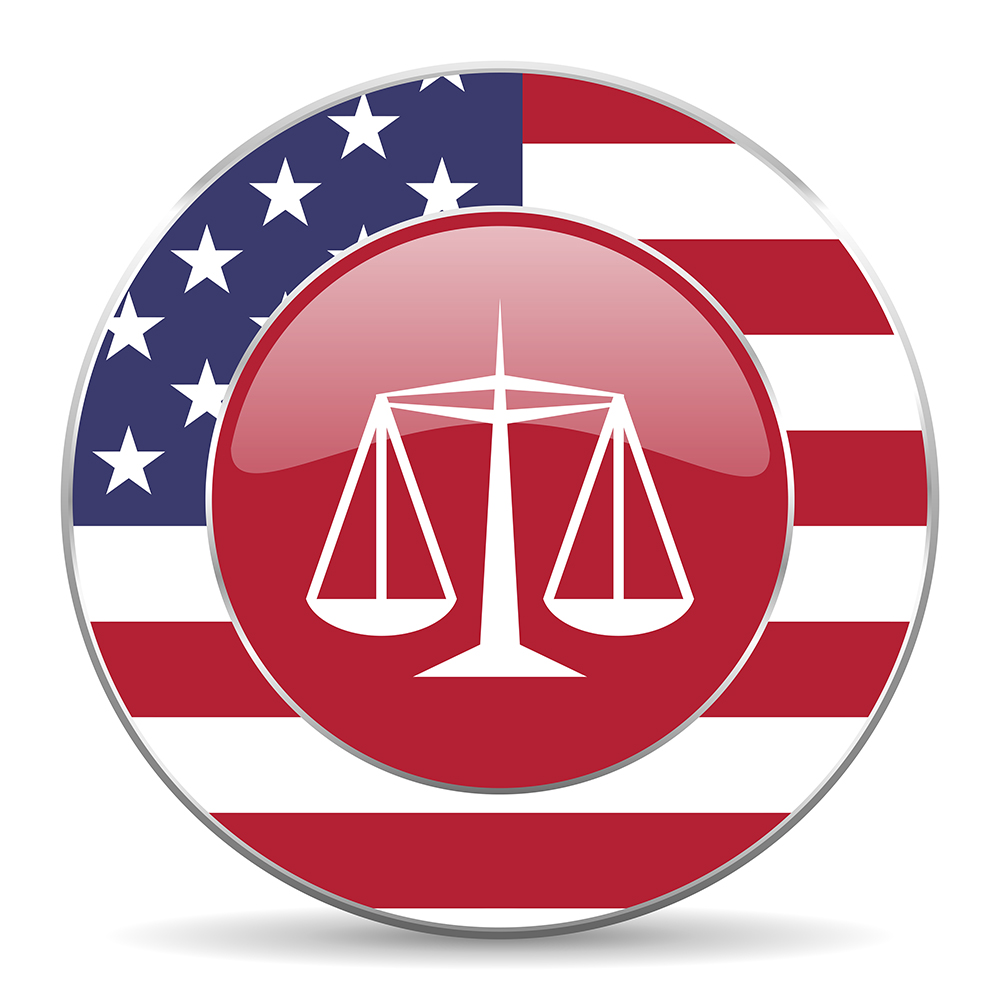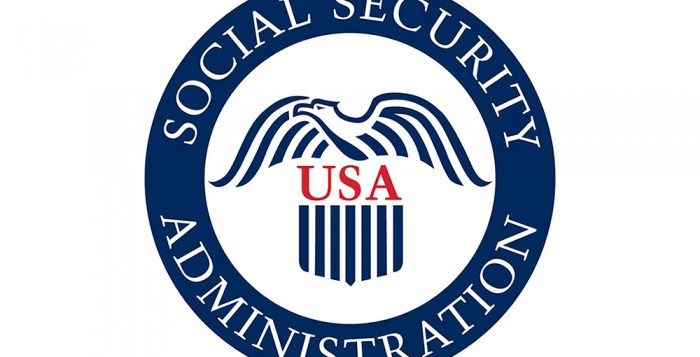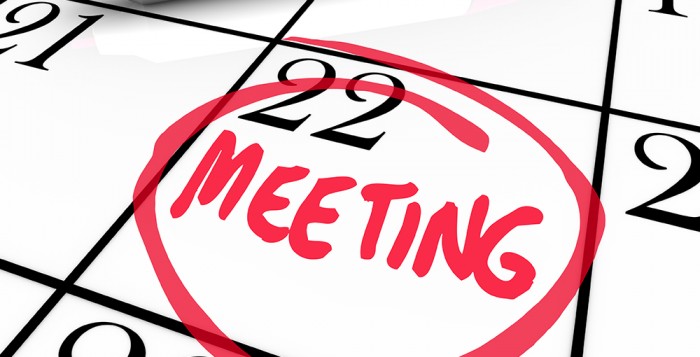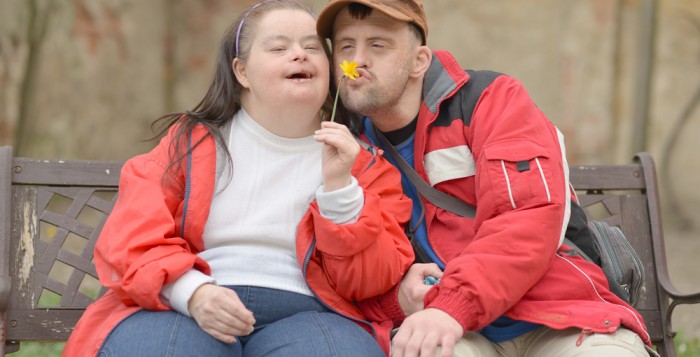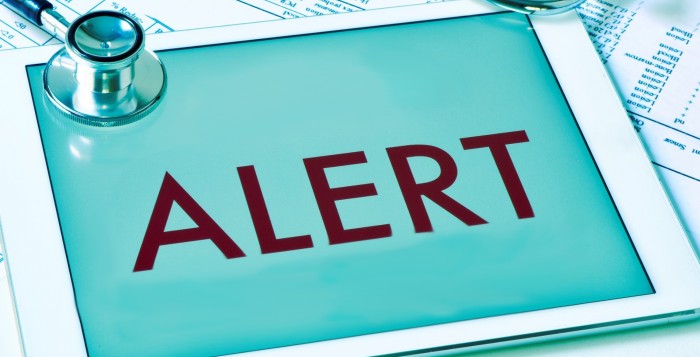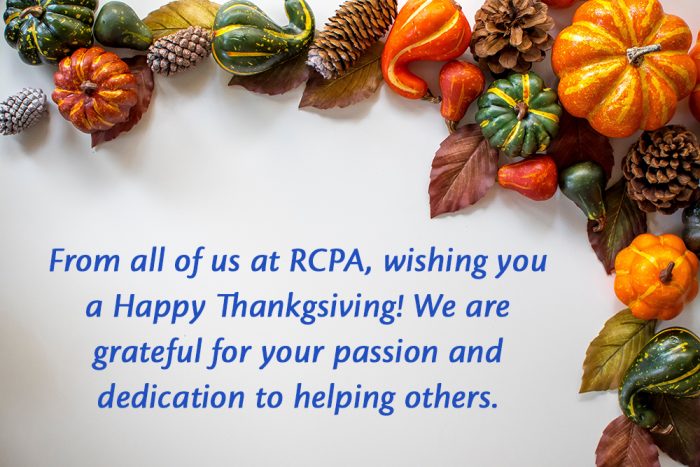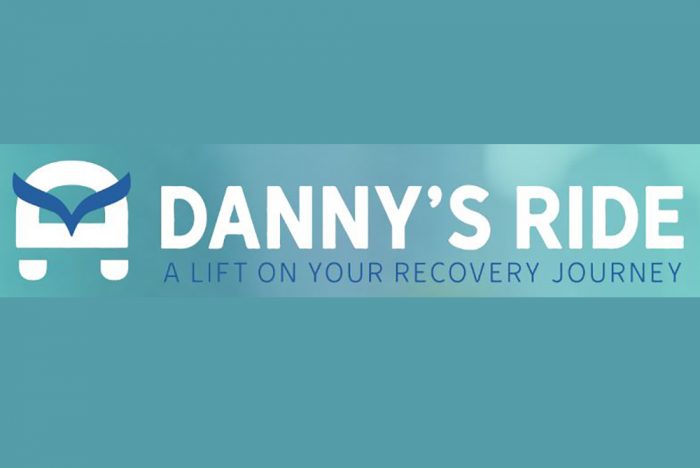Author: Terence Blackwell Jr., L-BCBA, SAS
In partnership with Core Solutions
Last summer, I presented at a national health-related conference. The topic was originally supposed to be on the future of managed care in the intellectual and developmental disabilities (IDD) field, but where it landed surprised me. In preparation for the presentation, I interviewed several prominent leaders in the field of IDD and autism spectrum disorder (ASD) on what they thought would be the impact of managed care. After those interviews, it became apparent the future for IDD will likely not be defined exclusively by managed care. While agreeing that managed care will lead to huge changes, there are other factors to consider. I now expect the possibility of increasing pressures to return to large-scale medical model institutions.
To even consider this as possible is alarming, given the tragic history of such IDD care including the Willowbrook travesty. Why do I think we could once again see institutions like Willowbrook? There are three predominant reasons I focused on during my presentation.
First, the effectiveness of advocacy was largely dismantled by the state and federal government regulatory authorities over the past 40-plus years. In the early days of deinstitutionalization, parents and siblings of people with disabilities were greatly involved in setting up nonprofit organizations and advocacy groups that helped spur the development of successful group homes and promoted deinstitutionalization. But the government was very effective at telling these operators that while the work to provide family members with good homes and community integration was commendable, these operators should turn the now multi-million-dollar businesses over to “professionals” to run the businesses.
By design, I don’t think this was intended to discount the voices of advocates. But the effect is significant in that you now rarely have parental and sibling involvement at the leadership levels of community services IDD organization management. In fact, in New York, there was an executive order that essentially capped compensation of any professional running a Medicaid-funded organization at low levels compared to the compensation for those operating educational and health care organizations. This legislation had a substantial negative impact on efforts to bring leadership into the field. The executive order lasted for the better part of a decade, largely because there was no effective advocacy voice.
The second reason I highlighted in my presentation was that I believe more than half of the country’s IDD organizations still perform recording of attendance, progress tracking, client notes, and other key documentation needs by antiquated means. When the Affordable Care Act was signed into law in 2010, there was no money available to IDD-focused nonprofits to adopt electronic health records.
As a contrast, at that time, I was in New York City and serving on a committee that dealt with one of the larger health systems in the city comprised of an independent network of affiliated hospitals that are a part of the New York City operating budget. We were tasked to integrate behavioral health — i.e., mental health and substance use disorder services — clients into the hospital system. The first bucket of money we received from the federal government was about $700 million. About six months later, we were still wrestling with the legal issues relative to records access, so the government sent another $400 million. Money was flowing like water through a firehose. When I left that committee a year and a half later, the executives of the nonprofit groups and health care organizations were still faxing progress notes back and forth between the various hospital sites because no one could figure out the permissions for records access issues.
As I was leaving a meeting of the committee one day, something dawned on me. At the time, I was the chief operating officer for a large New York City nonprofit human services agency, S:US Inc., which was essentially split evenly between providing services for people with developmental disabilities and behavioral health challenges. We did not receive a penny to go toward investing in IDD electronic records. Nevertheless, somehow, some way, IDD and ASD provider agencies found a way to fund rudimentary electronic health records (EHRs) for their organizations. Unfortunately, some of these systems are now very dated, and the technology is no longer sufficient to serve as the organization’s backbone for operations.
The third reason I highlighted in my presentation is providers of services to people with intellectual disabilities generally do not know their true, detailed operating costs. For example, if a major health insurance agency had come up to me while I was still a CEO of a large nonprofit organization, said they wanted to buy 20 beds for a year from us, and asked what we would charge them, I might be able to quote what the state was paying us and request 10% more than that figure. If the payer asked me to justify that amount based upon what it cost to support those beds, that would be a significant challenge. Nonprofit IDD organizations have essentially never completed the homework needed to establish a cost-based methodology for the services provided. We don’t necessarily know key metrics like training and utility costs per square foot or recruitment and staffing costs inclusive of fringe benefits and turnover rates, which can be particularly difficult to calculate when the people we support have severe problem behaviors and levels of staff turnover remain high.
Put those three issues together — dismantling of advocacy, lack of funding of electronic solutions, and a complex cost structure — and I believe you are looking at the major reasons why IDD is not prepared for entry into managed care. And I believe we face the risk of a return to large-scale medical-model institutions.
Why do I envision this for the future of IDD unless something changes soon? There will undoubtedly be people who say such a return will never happen because of reasons like the passing of the “Olmstead Act” and difficulty envisioning the return to institutions the size of Willowbrook, which had about 5,000 beds on its “campus.” There are certain factors that may prohibit the immediate return and rise of institutions, but over the long run, the best predictor of future behavior is often past behavior, and putting people into large institutions is how we as society dealt with the issue of persons with IDD for centuries.
That’s why I’m concerned that we’re potentially going back to systems with a first-blush appeal because they are easy to administer, can take care of a large number of people, and are under a medical model. It’s a lot easier to medicate somebody’s behavior than it is to get them involved in an active treatment program of behavior reduction. A program like that takes significant effort, expertise, and time.
Despite our field’s significant challenges, we’ve observed increased efficiency over the past few decades, and now we will need to take steps to secure this position and achieve other improvements as we move into managed care. We can all help the organizations, and ultimately the individuals we serve, by focusing on three areas: further improving efficiency in our operations, measuring and tracking costs, and further improving outcomes with the use of advanced technology.
Investigate taking advantage of advanced EHR technologies like embedded workflow, care coordination interface, and rules engines to raise efficiencies, move to more client-centered services with smart homes, use portals and kiosks, and go to a single, well-integrated, complete source of information on individuals served. Incorporate evidence-based practices and clinical decision-support solutions to improve outcomes and measure costs across locations and programs. As artificial intelligence (AI) and machine learning solutions mature, they can be incorporated as well. This addresses the need to improve performance and profits while capturing better cost data.
For advocacy, do not forget the parents and siblings of the people we serve. As organizations deal with the changing seas of funding and care, engage the communities of people you serve inclusive of their families. Train your advocates on how to effectively advocate and support society’s most vulnerable population. Our field came into existence through the voices and political pressure brought by mothers and fathers. It is time to re-engage that audience in meaningful, sustainable ways.
With aggressive steps made here, we can meet managed care head on, and head off the failed IDD care delivery methods of the now distant past.
Terry’s bio/image: https://blog.coresolutionsinc.com/author/terence-blackwell-jr




